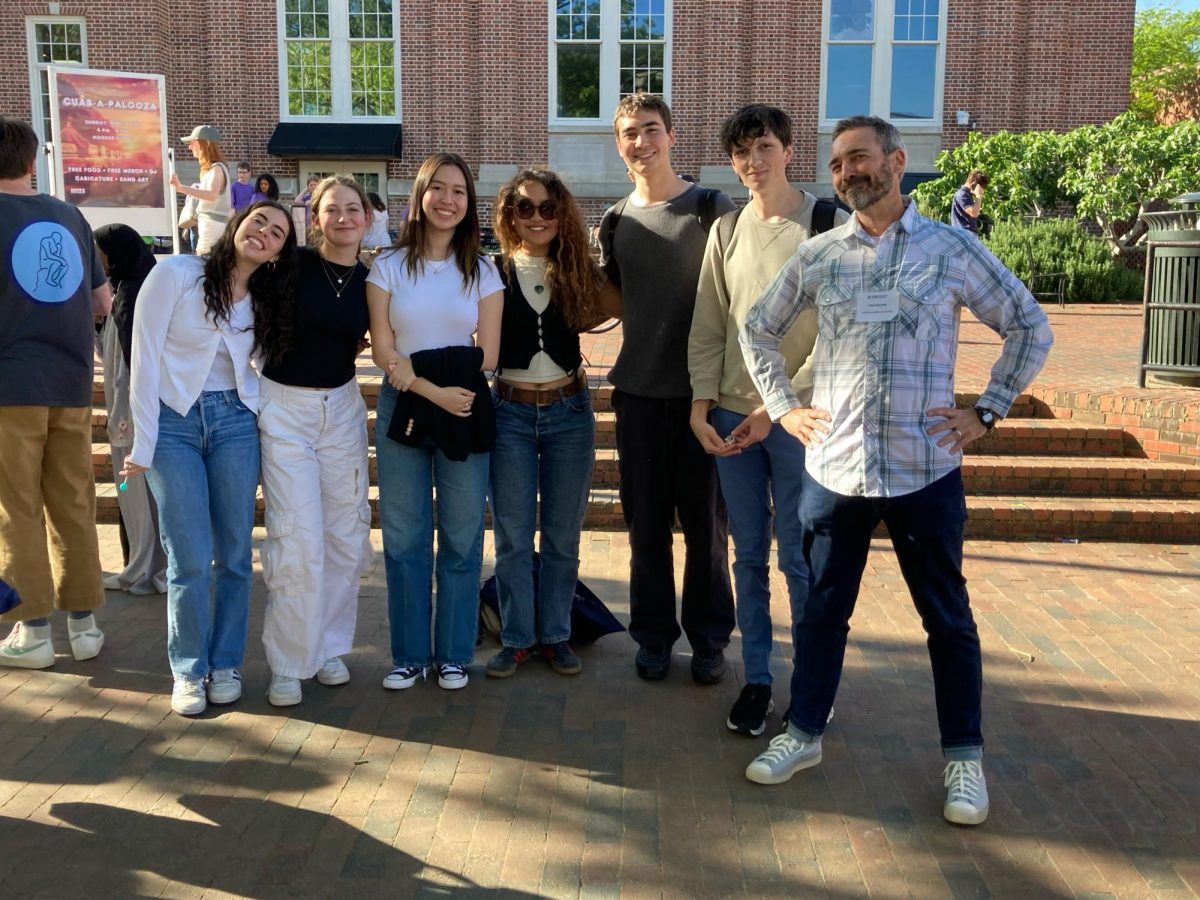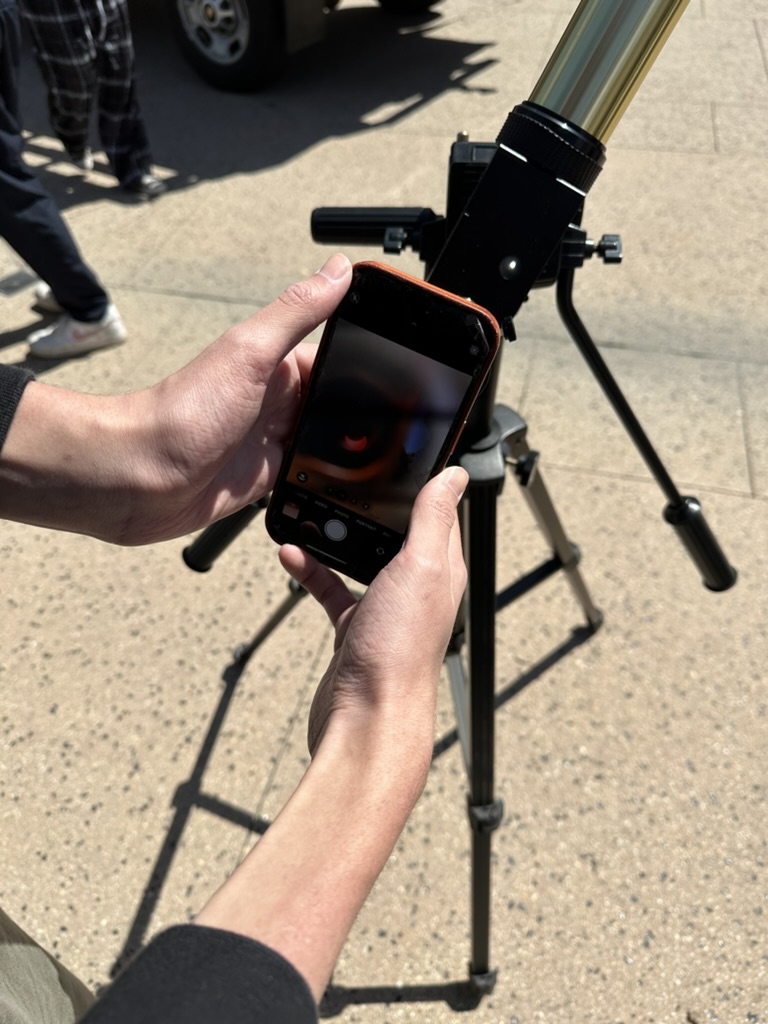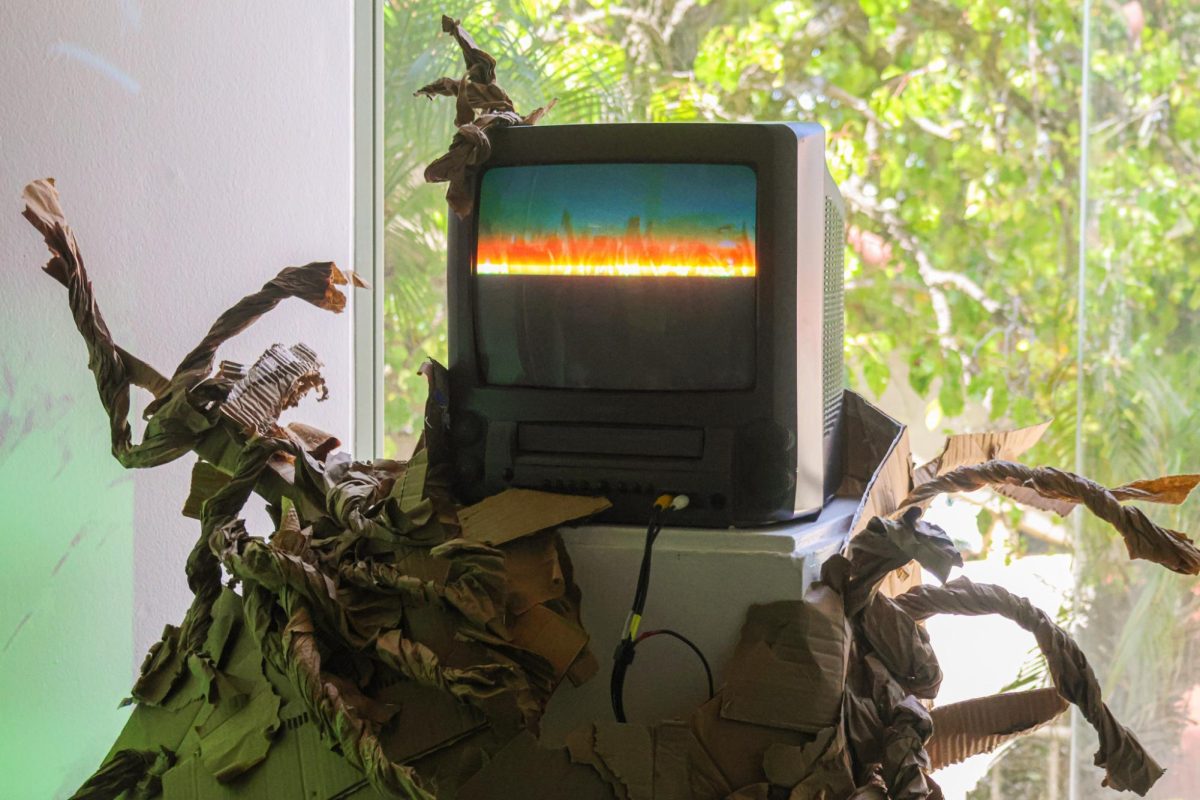As of now, COVID-19 has spread its tentacles across the globe with almost 3 million confirmed cases in the span of just a few months. Originating from Wuhan, China, the coronavirus has spread globally to Europe, the Middle East, Africa and the United States, and has caused the World Health Organization to declare a worldwide pandemic. Already, we are facing an international crisis. Schools have closed down, group contact has been severely limited, tighter travel restrictions have been instituted and soon, the country will face an economic recession that could match the severity of the Great Depression.
Although it seems that our world is coming to an end, certain countries are leading the way in fighting the outbreak. One standout country is South Korea because of its effective methods of testing, communicating and social distancing. South Korea’s preventative measures should be emulated by the United States and other countries suffering from the virus.
Originally one of the countries with the highest number of confirmed cases and deaths outside of China, South Korea faced a unique challenge. According to the New York Times, more than 7,500 people who contracted the virus were members of the Shincheonji Church of Jesus, a religious movement based in the city of Daegu that has been deemed a cult group by the South Korean government. Many of the church’s regulations—including the prohibition of wearing masks, praying in large groups and secrecy of group membership—facilitated the quick spread of the virus. South Korea reached its peak number of cases on Feb. 29, when the country saw an extreme increase of 909 cases.
Over the past few weeks, however, South Korea has taken innovative measures in order to maintain the safety of its citizens. Due to its past experience with the Middle East respiratory syndrome coronavirus outbreak in 2015, which killed 38 people and devastated the country’s economy, South Korea has begun to contain the virus by passing various laws that have streamlined testing and recovery processes.
South Korea’s main approach against the coronavirus is the “Triple T” method: trace, test and treat. This system has proved very effective for South Korea due to the laws passed after the MERS outbreak. And, the country has one of the most extensive testing systems worldwide. Ranging from testing services conducted in telephone booths to drive-through stations, South Korea currently has over 300,000 citizens out of 51 million tested, a rate 40 times faster than the United States. With each hour, the number of citizens tested for COVID-19 increases.
According to Worldometers, over 8,000 South Koreans have recovered from the coronavirus, and out of a total of almost 11,000 cases, only 240 people have died. Additionally, the South Korean government has responded to the negative influence of the Shincheonji Church in Daegu by shutting down nearly 400 of the organization’s facilities. Despite the church’s accusations towards the government, calling the foreclosures a “witch hunt,” these proactive measures have helped dramatically decrease the amount of new confirmed cases in Daegu.
The South Korean government has also taken a more direct approach to fighting the virus than other countries without locking down cities. In order to protect the safety of the young and elderly, the government passed an amendment to temporarily ban exports of medical supplies and masks. South Korean soldiers have also been deployed to disinfect subways and other modes of public transportation that are hotspots for large crowds. These soldiers clean the subway cars at least four times a day in order to prevent the virus from spreading even further.
Again, unlike South Korea, the United States’ federal government has left the burden of containing the virus to local governments, when in reality, direct and systematic responses from the federal executive and legislative branches would provide America with more successful results.
Like the United States, South Korea is also practicing the method of “social distancing.” The once-bustling streets of Itaewon and Hongdae remain largely deserted, as the government refrains its citizens from congregating in large crowds. Schools, universities and restaurants have closed down, companies have asked their employees to work from home and citizens have grown accustomed to delivery service for take-out and groceries. The government has also taken extreme measures to alert citizens via their mobile phones every time a new COVID-19 case is detected. These alerts specify where the individual contracted the virus and where they have been since, as well as their age and their area of residency.
Already, we are seeing South Korea defeat the widespread coronavirus epidemic day by day. In order to mitigate the spread within our own country, we must learn from the successes of others. At this point, we cannot solely rely on social distancing to solve the problem; the government must provide more areas for testing, and overall, we need to combat the virus through a community-driven effort.





































